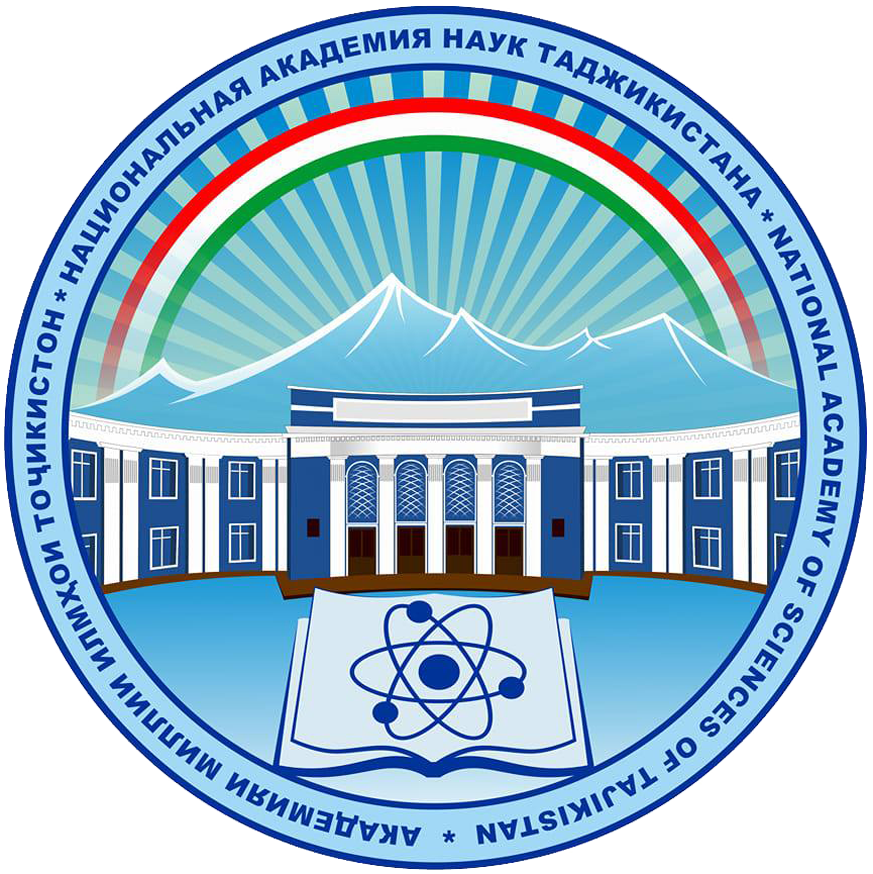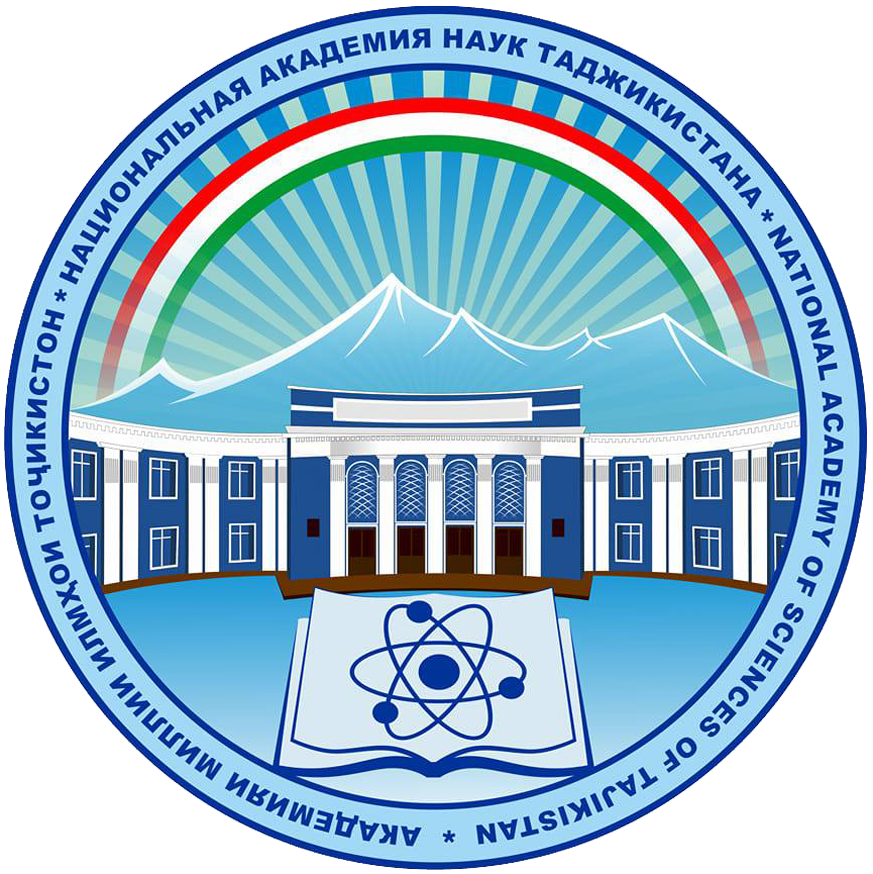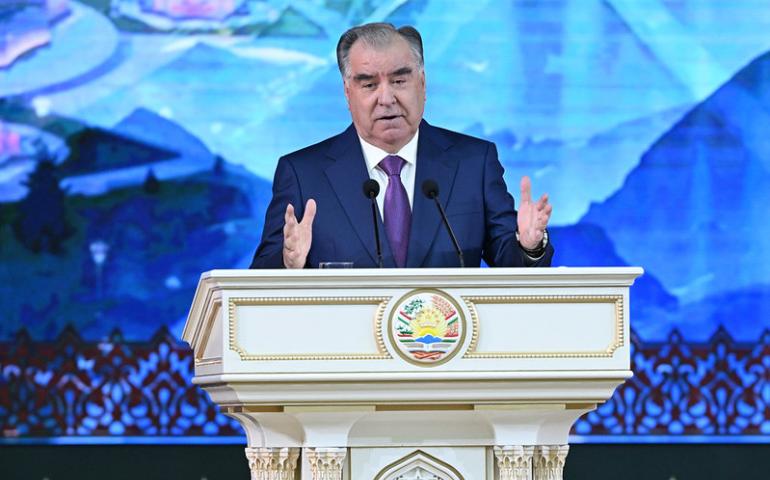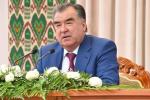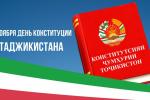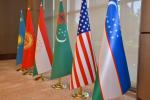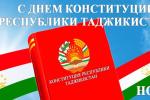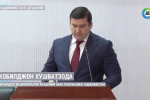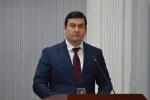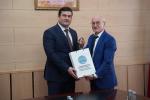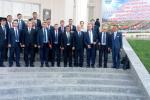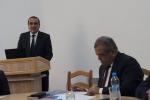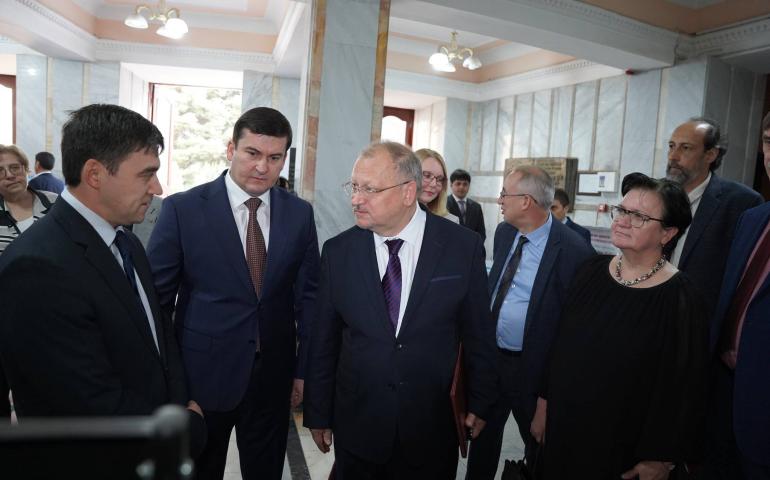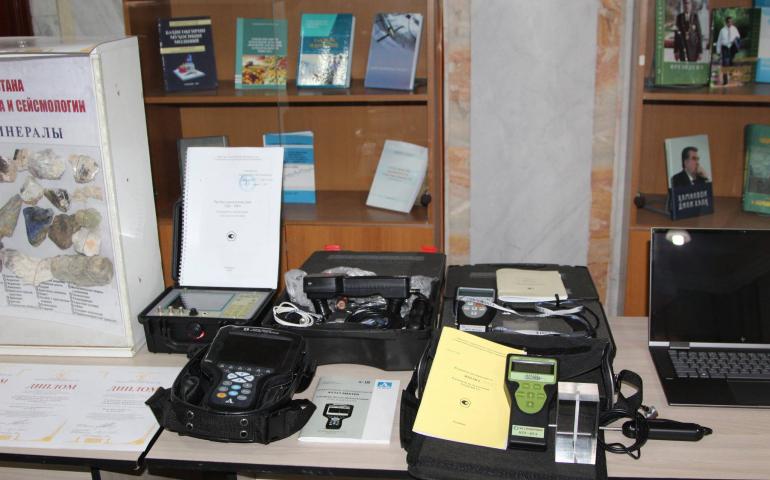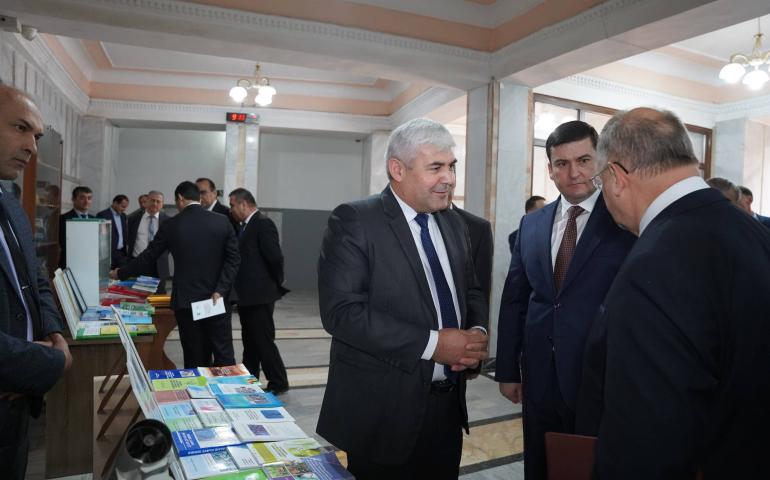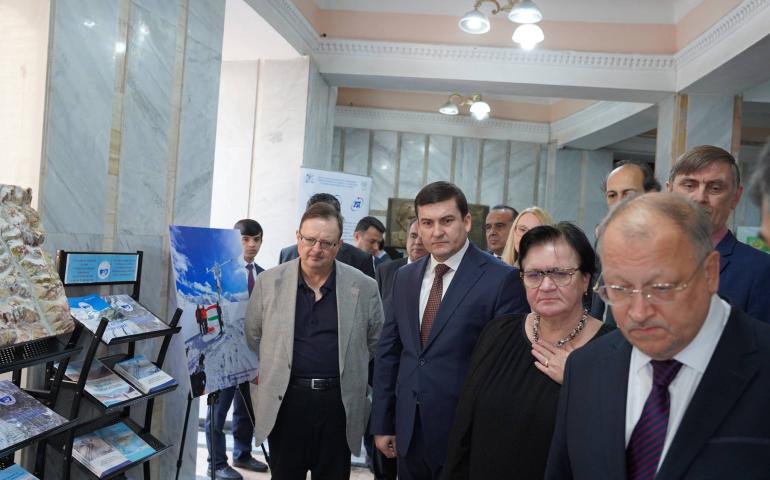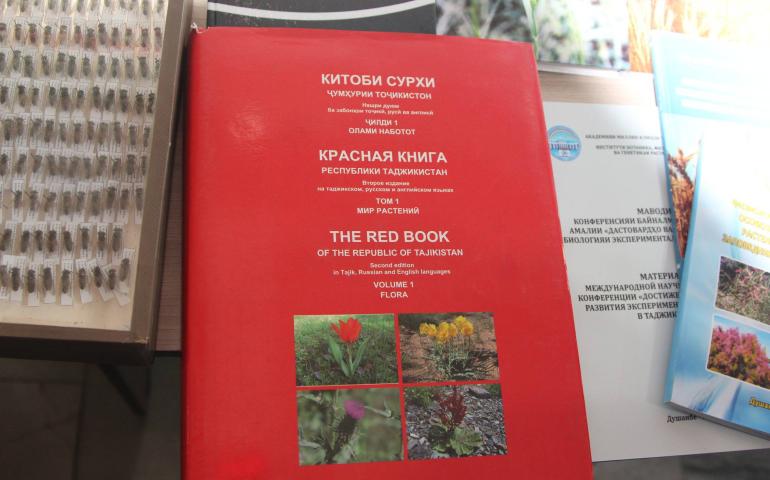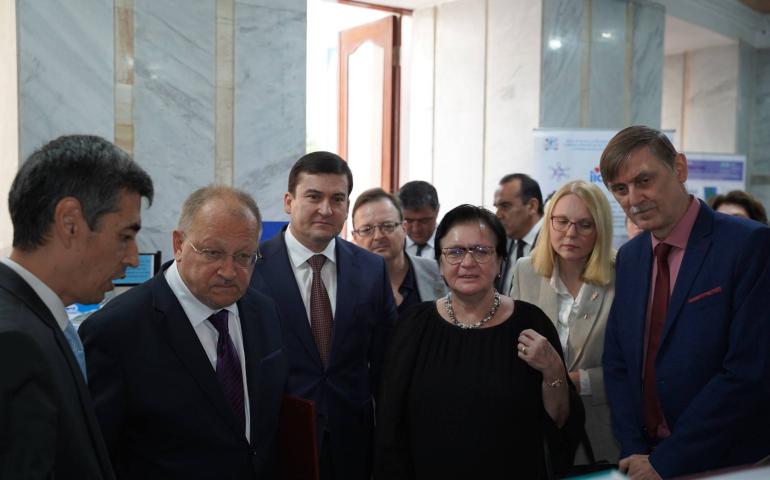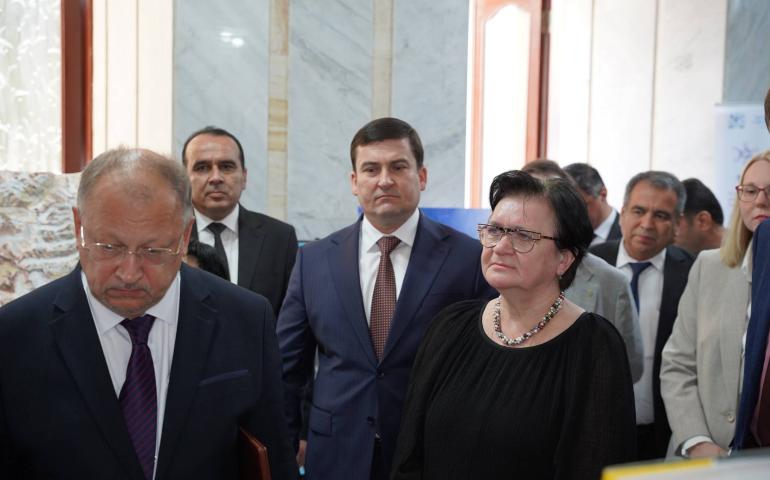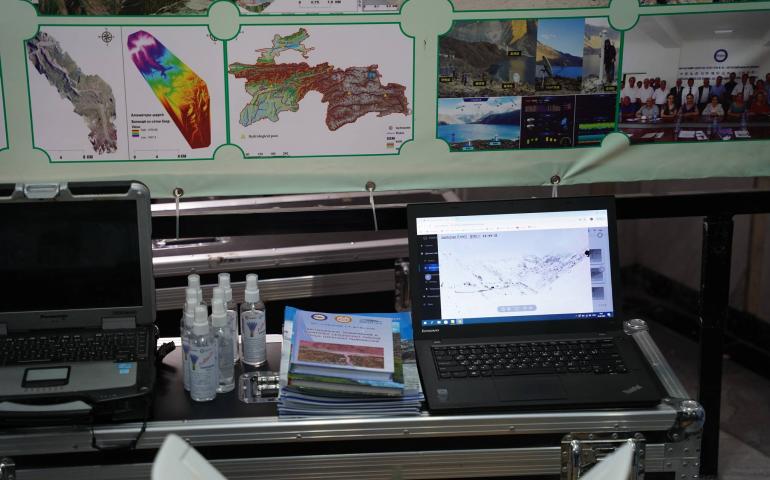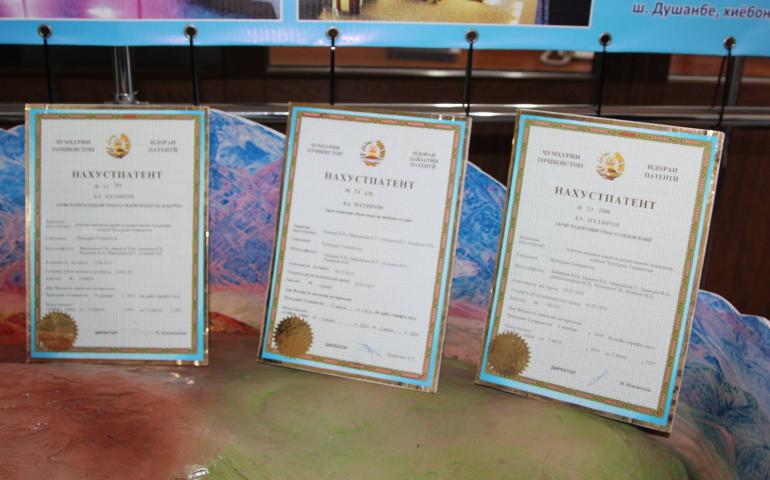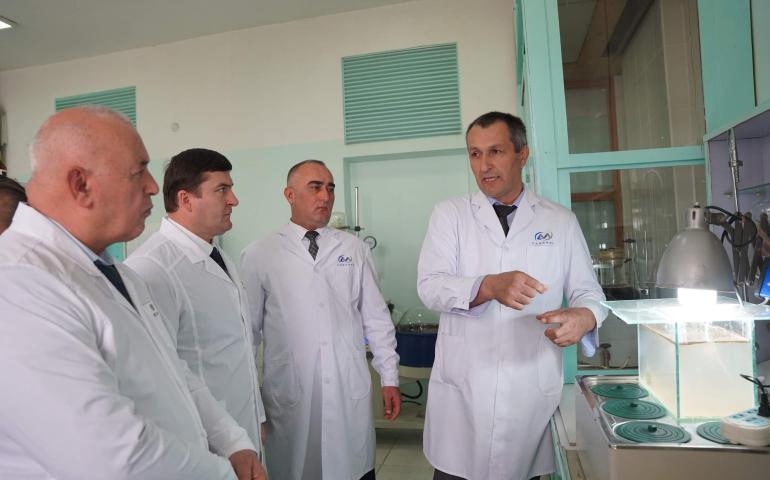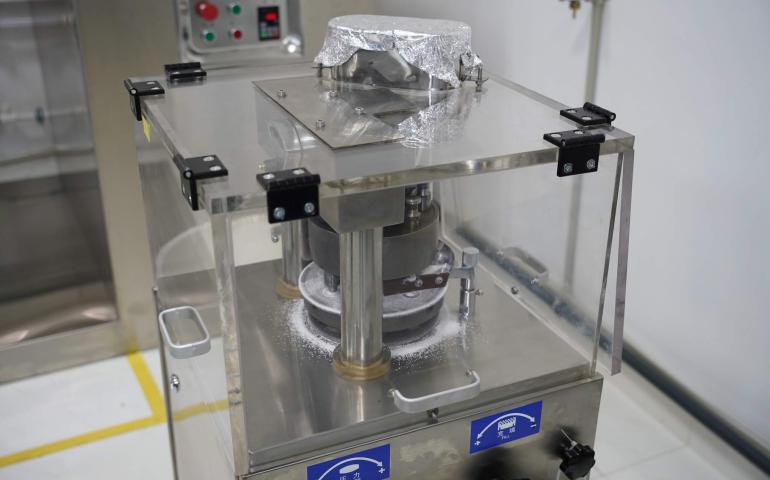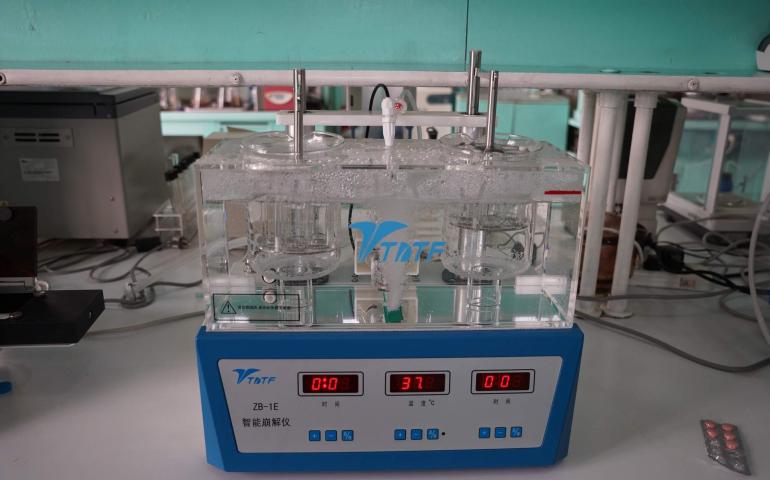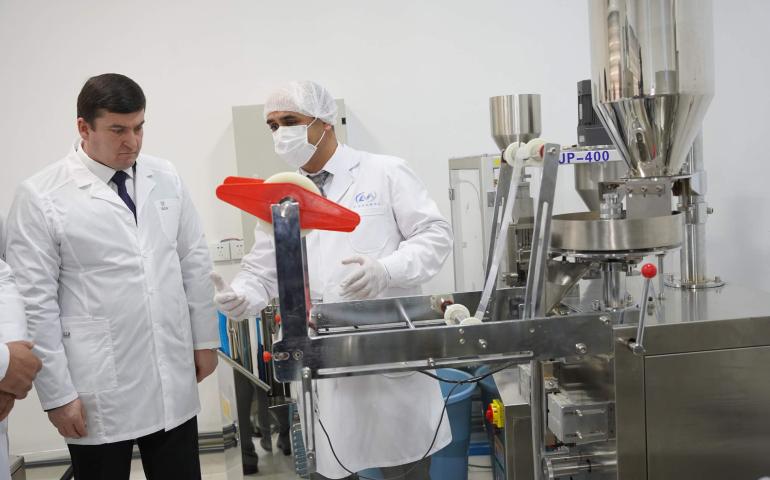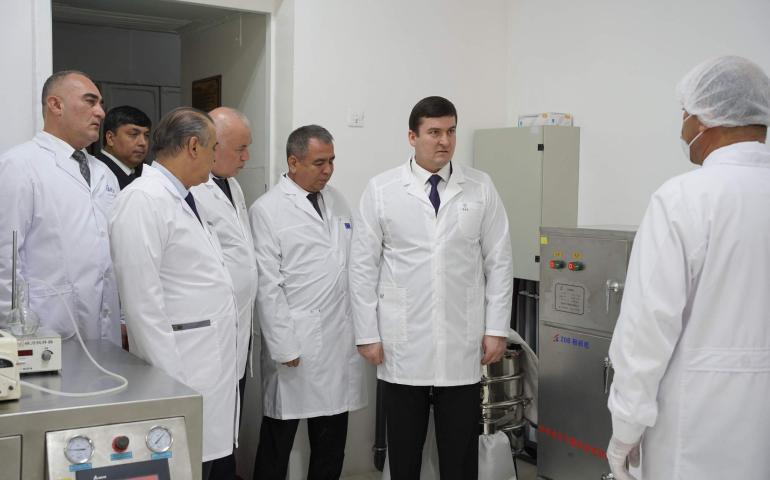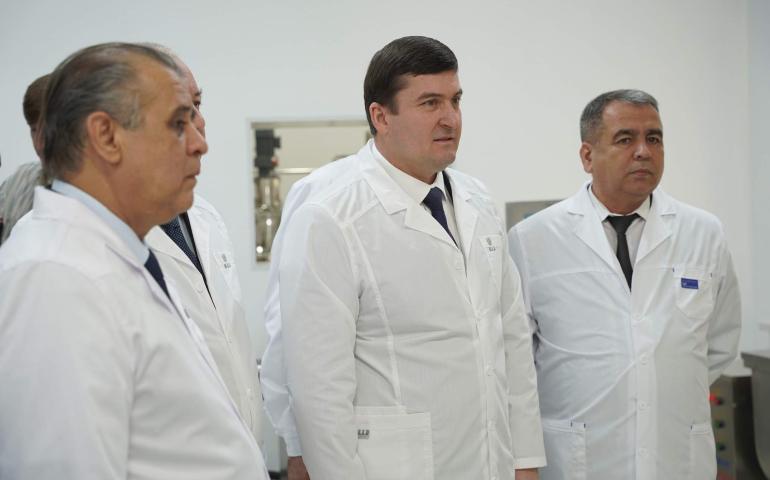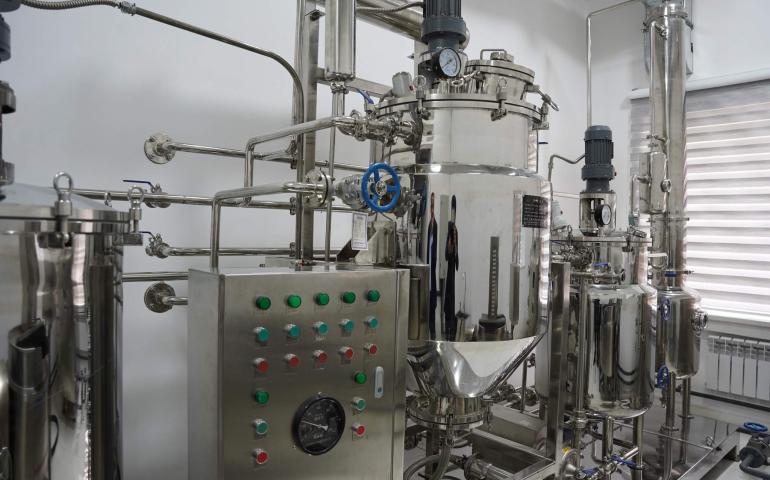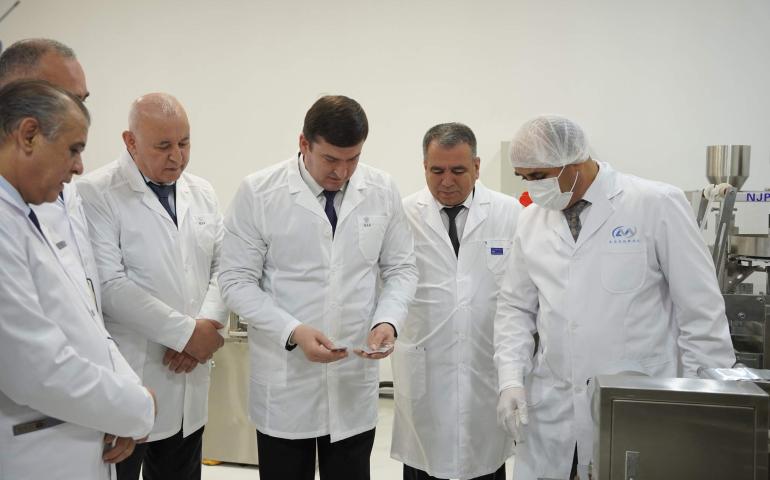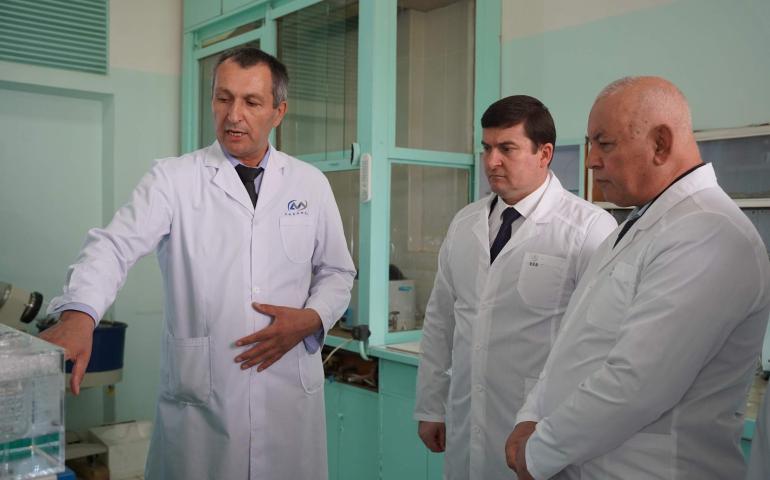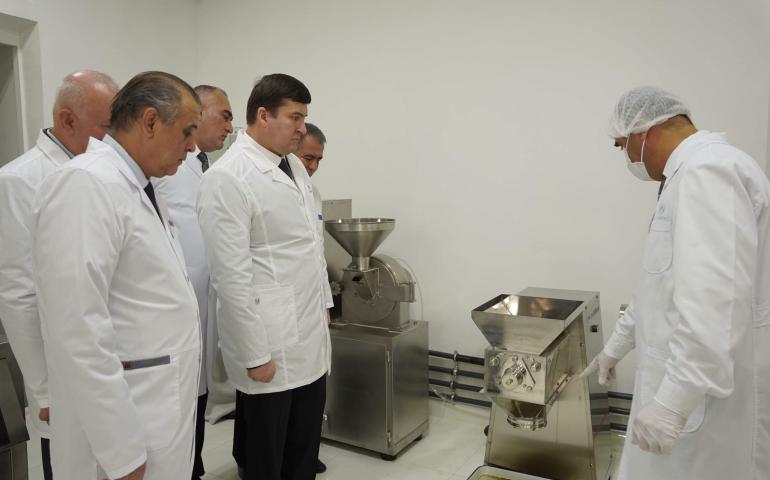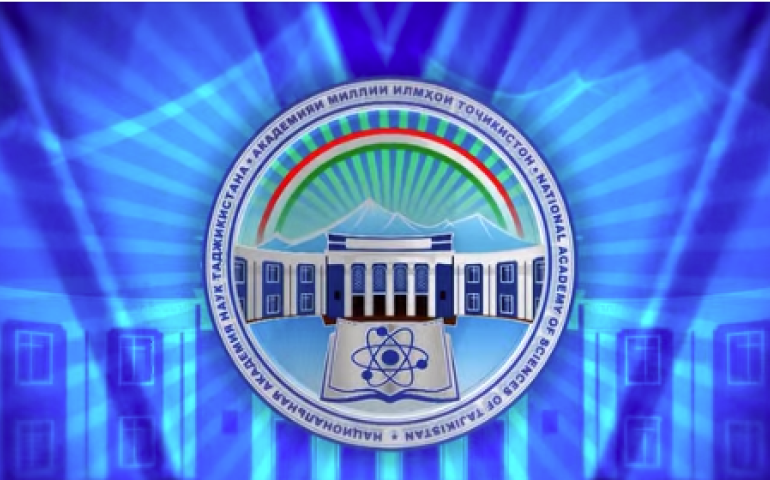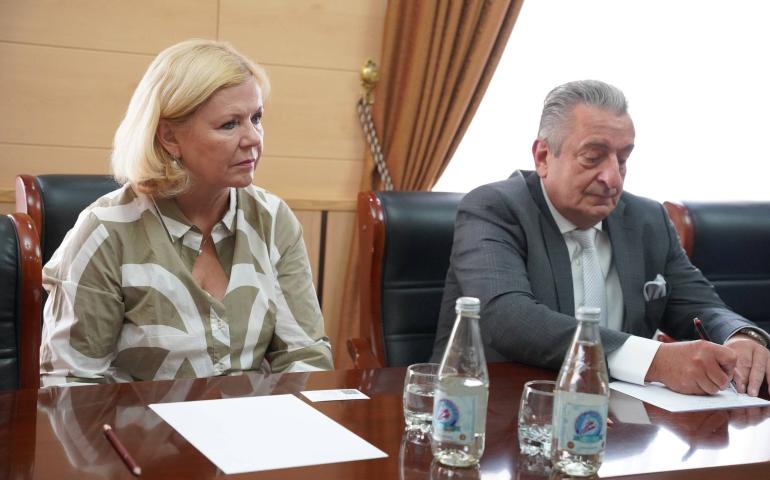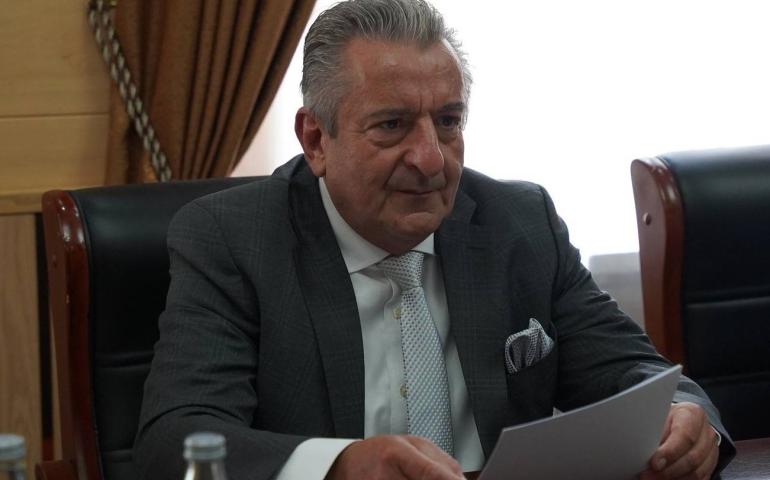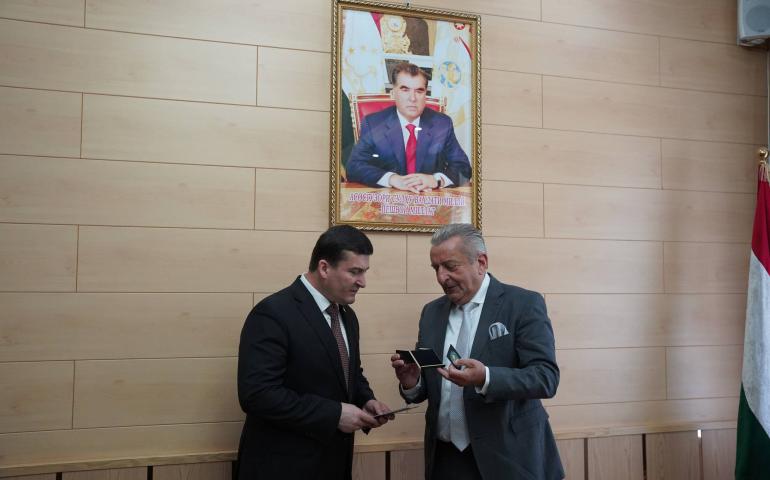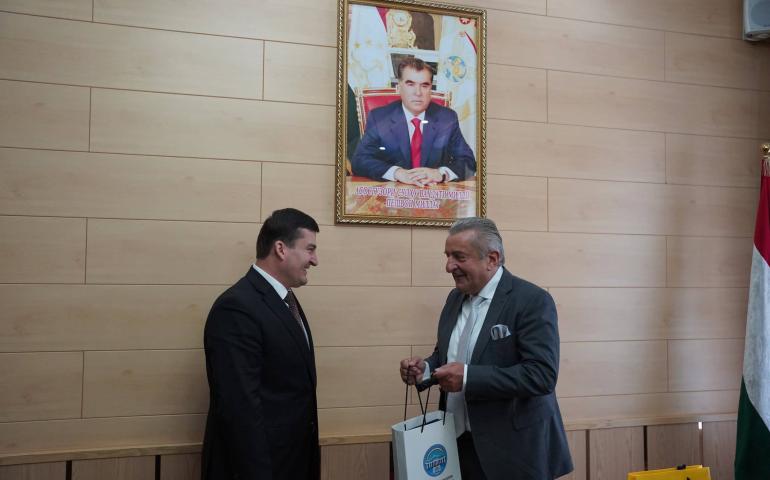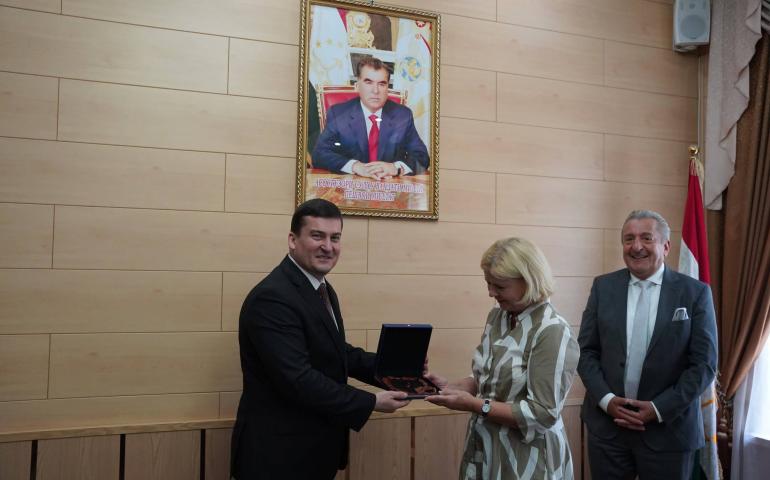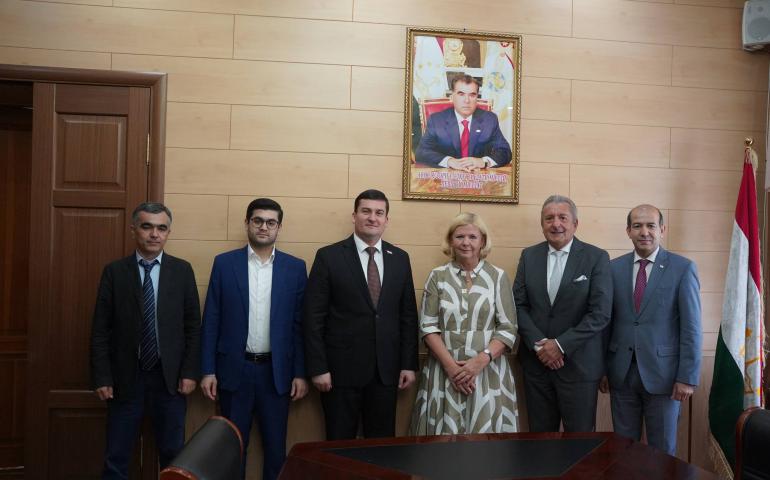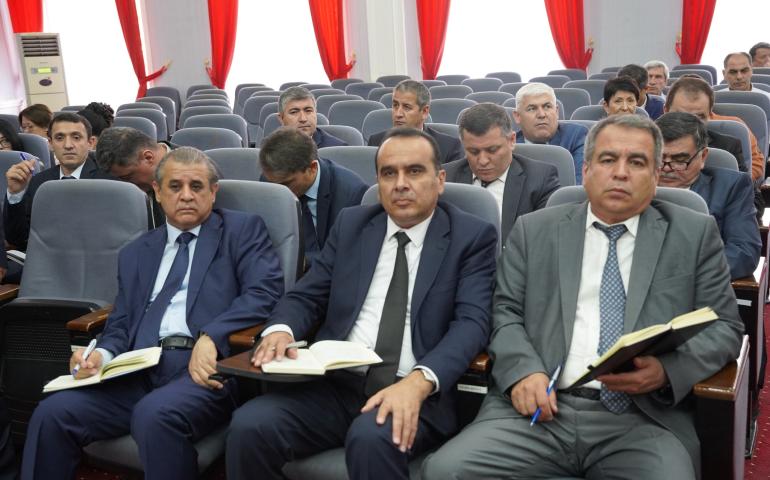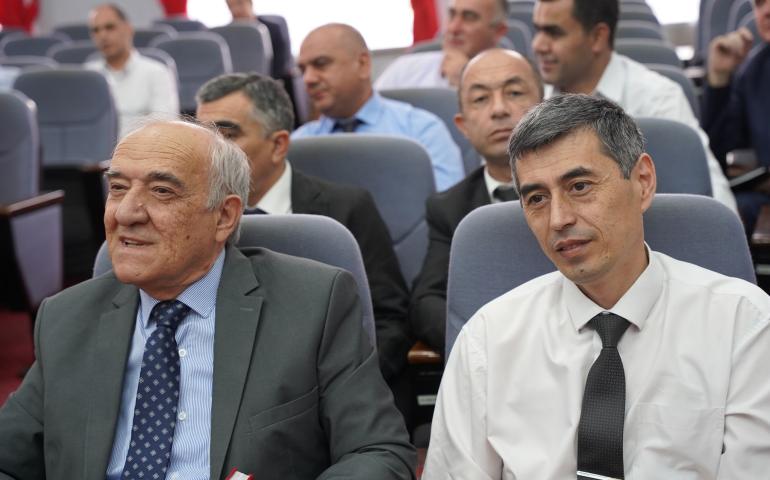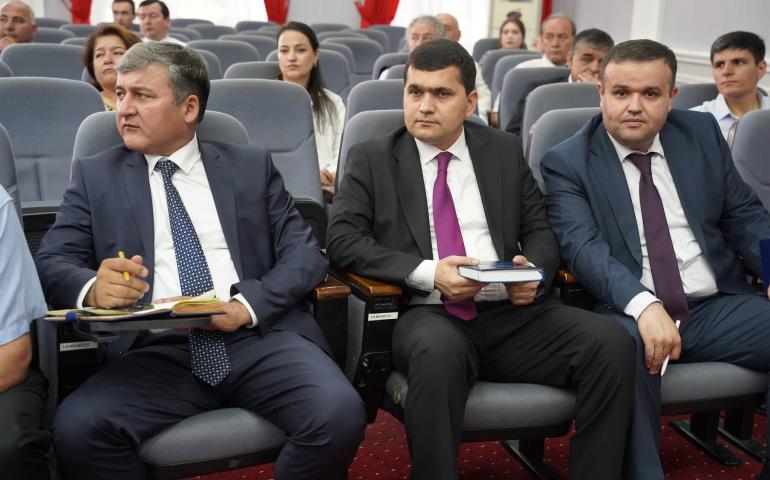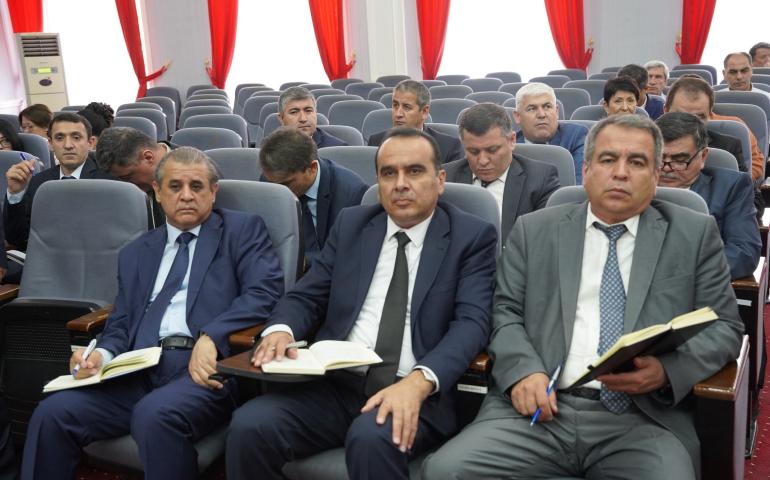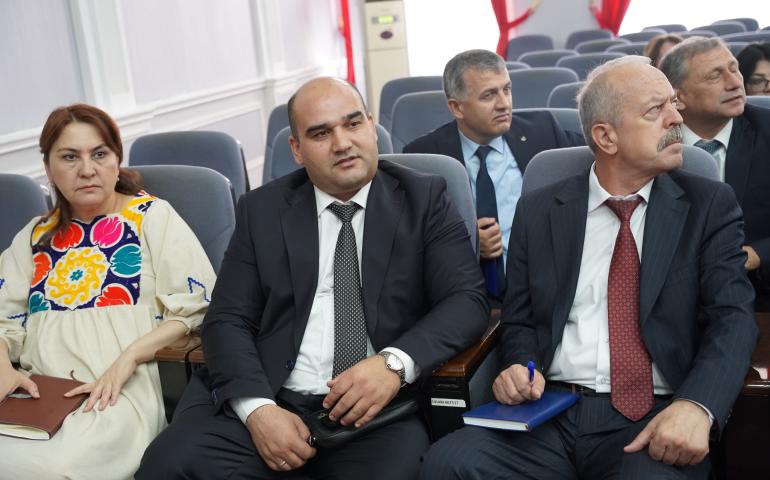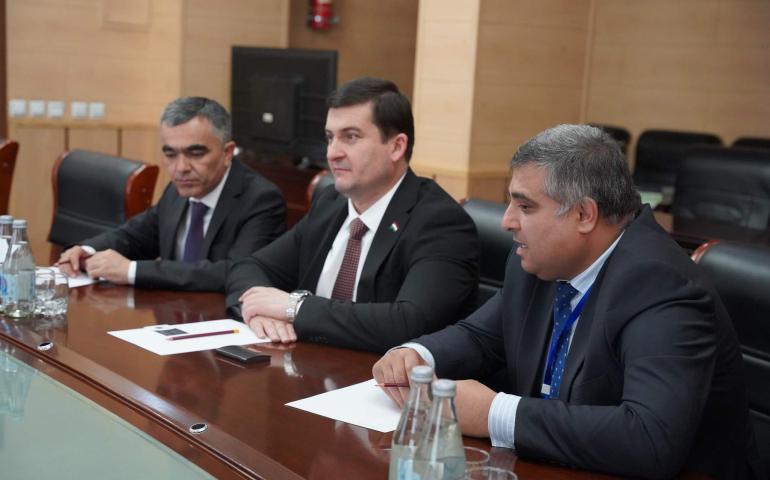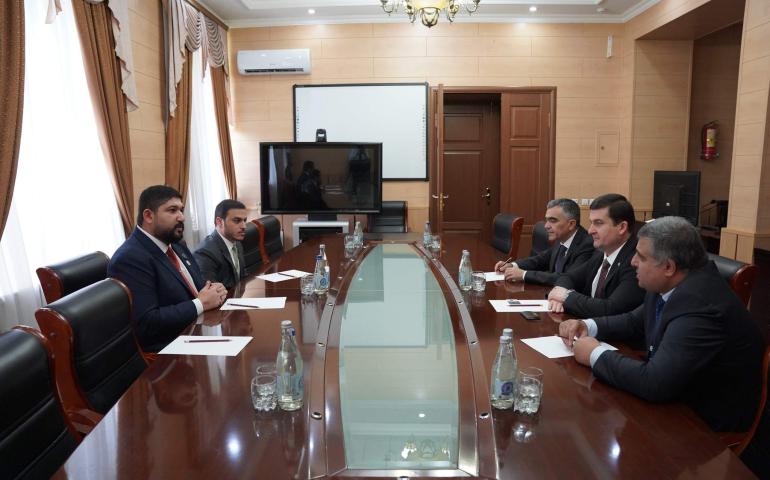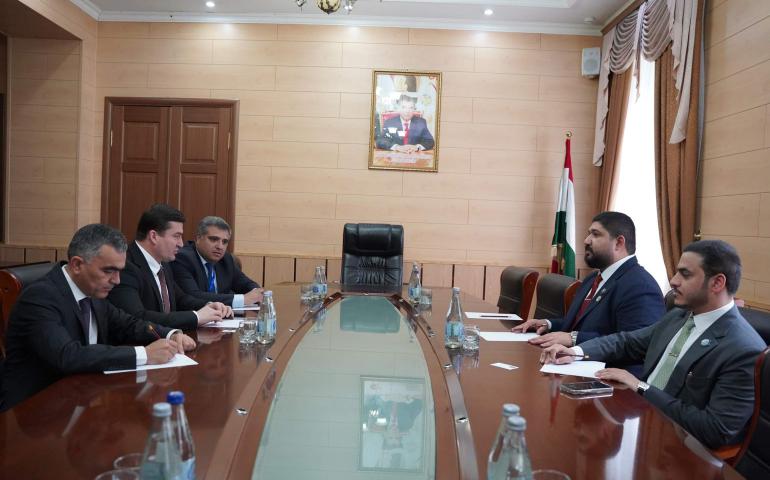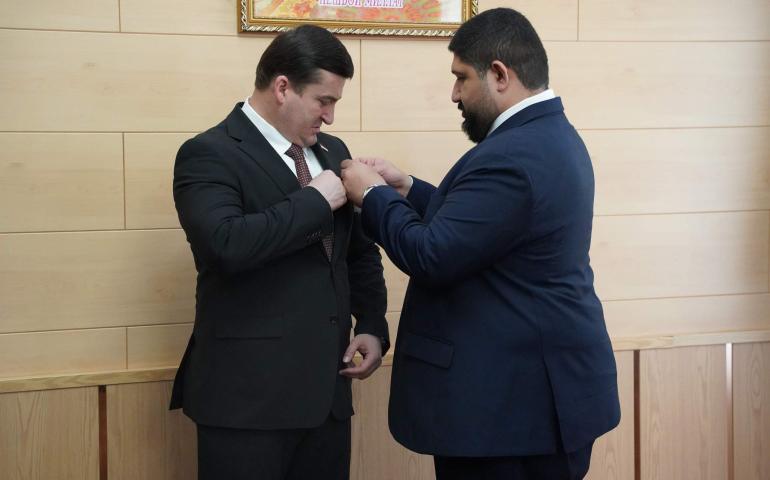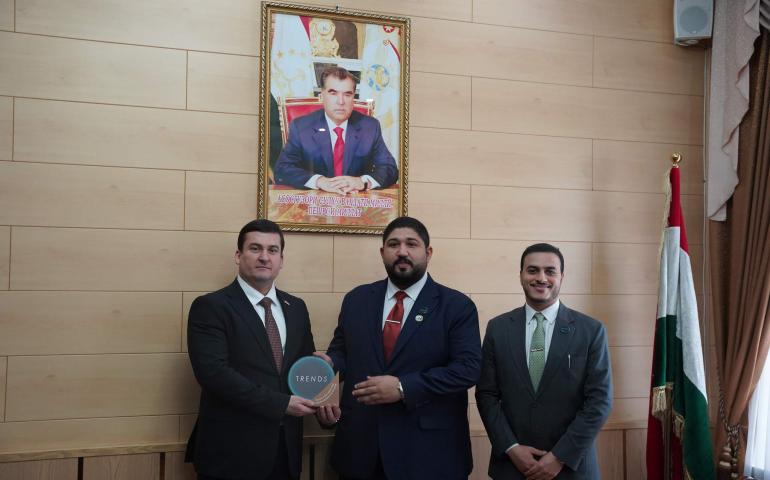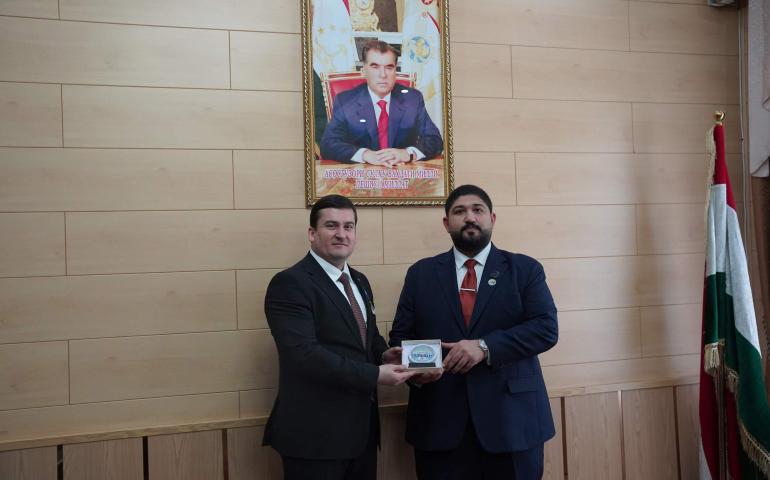President’s Day in the Republic of Tajikistan is one of the most meaningful national holidays, celebrated each year on November 16. It marks the election of Emomali Rahmon as President in 1994 and symbolizes the nation’s rebirth after a period of instability. Since that time, Tajikistan has achieved significant progress in political, economic, and cultural spheres. This day represents not only the leadership of the President of the Republic of Tajikistan his Excellency Emomali Rahmon but also the resilience of the Tajik people in building a peaceful and prosperous nation.
The celebration of President’s Day is deeply rooted in the nation’s modern history. It serves as a reminder of how Tajikistan overcame the severe consequences of the civil conflict of the early 1990s through unity, dialogue, and national reconciliation. It is a day of pride, reflection, and reaffirmation of loyalty to the ideals of peace and national harmony.
President’s Day embodies the stability and development that Tajikistan has achieved under the leadership of His Excellency Emomali Rahmon, who is officially recognized as the Founder of Peace and National Unity -Leader of the Nation. His presidency has been characterized by large-scale political reforms, the strengthening of state institutions, and the creation of a new legal and constitutional framework (Emomali Rahmon, 2016).
The holiday is widely celebrated across the country through public gatherings, cultural events, and educational programs. Schools and universities organize performances that include traditional dances, national songs, and poetry readings dedicated to the homeland. These activities strengthen patriotic feelings and promote civic consciousness among young people.
Government officials and community leaders deliver speeches emphasizing the values of solidarity, peace, and mutual respect. The public discourse often centers around national unity and the shared responsibility of citizens in building a strong and independent state. The celebration serves as a platform to reflect on the nation’s achievements and challenges, including the need to address unemployment, poverty, and environmental sustainability.
Under President his Excellency Rahmon’s leadership, Tajikistan has made remarkable progress in ensuring political stability and fostering international cooperation. His efforts to end the civil war through negotiations led to the signing of the General Agreement on the Establishment of Peace and National Accord in 1997 a document regarded as one of the greatest diplomatic achievements in Central Asia (Rakhimov, 2021).
As a result of these efforts, Tajikistan emerged as a sovereign and peaceful nation recognized by 180 countries and maintaining diplomatic relations with 126 states. Today, the Republic is a member of 51 international and regional organizations, including the United Nations, the Shanghai Cooperation Organization (SCO), and the Organization of Islamic Cooperation (OIC).
President of the Republic of Tajikistan his Excellency Emomali Rahmon’s initiatives at international forums, especially at the United Nations, have strengthened Tajikistan’s reputation as a nation committed to global peace and sustainable development. His water diplomacy efforts, including the International Decade for Action “Water for Life” (2005–2015) and the Decade of Action “Water for Sustainable Development” (2018–2028), have been internationally recognized (UNESCO, 2018).
Tajikistan’s achievements in the field of culture and heritage preservation are also notable. The cooperation between Tajikistan and UNESCO has contributed significantly to promoting the cultural identity of the Tajik people worldwide.
Among the major cultural achievements are the following:
-In 2002, the capital city Dushanbe was awarded the title UNESCO City of Peace.
-In 2003, the classical music of Tajikistan and Uzbekistan, “Shashmaqom,” was included in the UNESCO List of Masterpieces of the Oral and Intangible Heritage of Humanity.
-In 2010, the ancient settlement of Sarazm was recognized as a World Cultural Heritage Site.
-In 2013, the National Park of Tajikistan (Pamir Mountains) was included in the UNESCO World Heritage List.
-In the same year, UNESCO awarded President Emomali Rahmon the Jubilee Medal “60th Anniversary of UNESCO” for his contribution to strengthening peace and promoting sustainable development.
Furthermore, UNESCO organized cultural celebrations such as the 3000th anniversary of Hissor, the 700th anniversary of Mir Said Alii Hamadoni, and the 600th anniversary of Abdurahmoni Jomi, which showcased Tajikistan’s ancient heritage and its contribution to global civilization (UNESCO, 2013).
Tajikistan has established agreements on cultural exchange and cooperation with many countries. Through Days and Weeks of Tajik Culture, exhibitions, and international festivals, the nation promotes its literature, art, and traditions abroad. These programs aim to enhance mutual understanding and strengthen Tajikistan’s presence in the international cultural space (Ministry of Culture of the Republic of Tajikistan, 2022).
Such initiatives not only preserve national values but also support intercultural dialogue and peacebuilding-principles that align with the country’s long-term foreign policy strategy. By improving its legal framework for cultural diplomacy, Tajikistan continues to implement projects that highlight the nation’s role as a center of civilization and peace in the region.
President’s Day in Tajikistan is not merely a political commemoration but a symbol of peace, national unity, and progress. It represents the collective strength of the Tajik people and the visionary leadership that guided the country from conflict toward stability and prosperity. The day reminds every citizen of their shared responsibility in maintaining peace, fostering development, and preserving cultural identity.
Under the wise leadership of the President of the Republic of Tajikistan Honorable Emomali Rahmon, Tajikistan has established a firm foundation for sustainable growth and peaceful coexistence. The values embodied in President’s Day-patriotism, unity, and progress-will continue to inspire future generations to build a stronger and more prosperous Tajikistan.
Rahmon, E. (2016). Tajikistan on the Way to Sustainable Development. Dushanbe: Irfon.
Rakhimov, M. (2021). Central Asia: Regional Security and Integration. London: Routledge.
UNESCO. (2013). UNESCO and the Republic of Tajikistan: Partnership for Peace and Culture. Paris: UNESCO Publications.
UNESCO. (2018). International Decade for Action “Water for Sustainable Development,” 2018–2028. Retrieved from https://www.un.org/water-action-decade
Ministry of Culture of the Republic of Tajikistan. (2022). Cultural Cooperation and International Relations of Tajikistan. Dushanbe: State Publishing House.
Doctor of Philological Sciences, Professor Saidzоda Halim Aziz-Нead of the Department of Foreign languages under the Presidium of the National Academy of Sciences of Tajikistan

